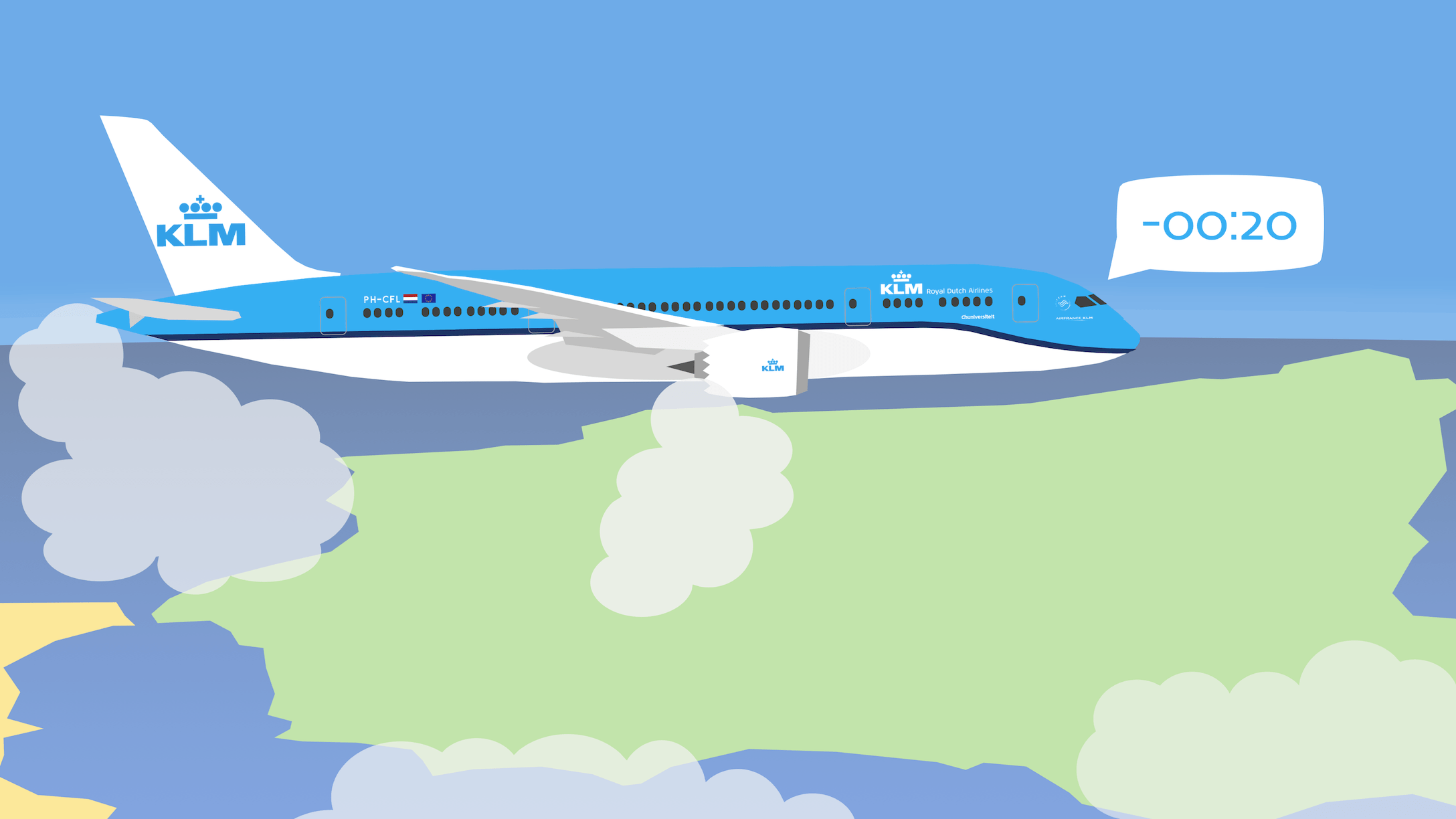Predicting estimated time of arrival for commercial flights

Arrival times for commercial flights are currently estimated using deterministic models that fail to account for many variables that affect flight time. Ayhan, Costas, and Samet created a model that leverages these traditionally overlooked variables to make more accurate arrival time predictions.
The estimated time of arrival (ETA) tells you when a flight will probably land at an airport.
That information is useful for passengers and those who pick them up, but possibly even more so for airlines: knowing the ETA of a flight well in advance allows an airline to coordinate personnel and equipment at airports, which minimises turnaround times and lowers costs.
Traditional ETA prediction methods typically use a deterministic approach that only takes the flight trajectory and possibly some of the aircraft’s characteristics into account. However, actual time of arrival is also affected by factors like wind, temperature, and congestion, so a prediction that ignores these variables is not likely to be very accurate.
The authors aimed to create a system that accurately predicts the before it even departs.
The system makes use of several types of data:
-
The airline, flight number, and type of aircraft;
-
The approximate route that the aircraft will take;
-
Over 40 meteorological attributes, like temperature, wind speed and direction, humidity, and air pressure;
-
The number of flights at the departure and arrival airports;
-
The number of aircraft in a sector along the flight path.
Multiple models were constructed and ranked based on their predictive performance. Two of the models make use of boosting methods:
- Adaptive boosting is a meta-algorithm that generates predictions by iteratively weighing and combining outputs of several learning algorithms;
- Gradient boosting is another meta-algorithm that generates predictions iteratively, but more in a “stacked” way.
The system’s performance was evaluated with 10 major flight routes in Spain, using 11 different machine learning algorithms and one algorithm based on averages of historical flight times for the same route and period.
The resulting system achieves a higher accuracy than EUROCONTROL’s ETA prediction system.
The table below shows the root mean squared error (RMSE), averaged over all routes for each algorithm. The boosting methods appear to work best, and more consistently at that.
| Method | Algorithm | Average RMSE | Standard deviation |
|---|---|---|---|
| Traditional | Historical average | 4.454057 | 0.910959 |
| Linear | Linear regression | 5.224831 | 0.840323 |
| Lasso regression | 4.204375 | 0.858625 | |
| Elastic net regression | 4.153771 | 0.805265 | |
| Non-linear | Classification and regression trees | 4.660715 | 0.453537 |
| Support vector regression | 3.886390 | 0.733385 | |
| k-nearest neighbours | 3.643647 | 0.751386 | |
| Ensemble | Adaptive boosting 🥈 | 3.364734 | 0.531285 |
| Gradient boosting 🥇 | 3.346209 | 0.461617 | |
| Random forest regression | 3.498223 | 0.512965 | |
| Extra trees regression 🥉 | 3.491921 | 0.503401 | |
| Recurrent neural network | Long short-term memory | 4.298340 | 1.438574 |
More detailed results are available in the original article.
The table below lists the relative importance of the top 10 features. It’s clear that meteorological data are invaluable if you want to make accurate ETA predictions.
| Rank | Feature | Score |
|---|---|---|
| 1 | Arrival airport | 1.0 |
| 2 | Atmospheric pressure | 0.67854 |
| 3 | Atmospheric wind speed | 0.66231 |
| 4 | Atmospheric wind direction | 0.65224 |
| 5 | Atmospheric humidity | 0.63331 |
| 6 | Atmospheric temperature | 0.61314 |
| 7 | Airport congestion rate | 0.53212 |
| 8 | Sector congestion rate | 0.31153 |
| 9 | Flight number | 0.29192 |
| 10 | Aircraft type | 0.13221 |
-
The highest ETA prediction accuracy can be achieved using gradient boosting and adaptive boosting
-
Meteorological data and congestion rates are important predictors for the ETA of a commercial flight


